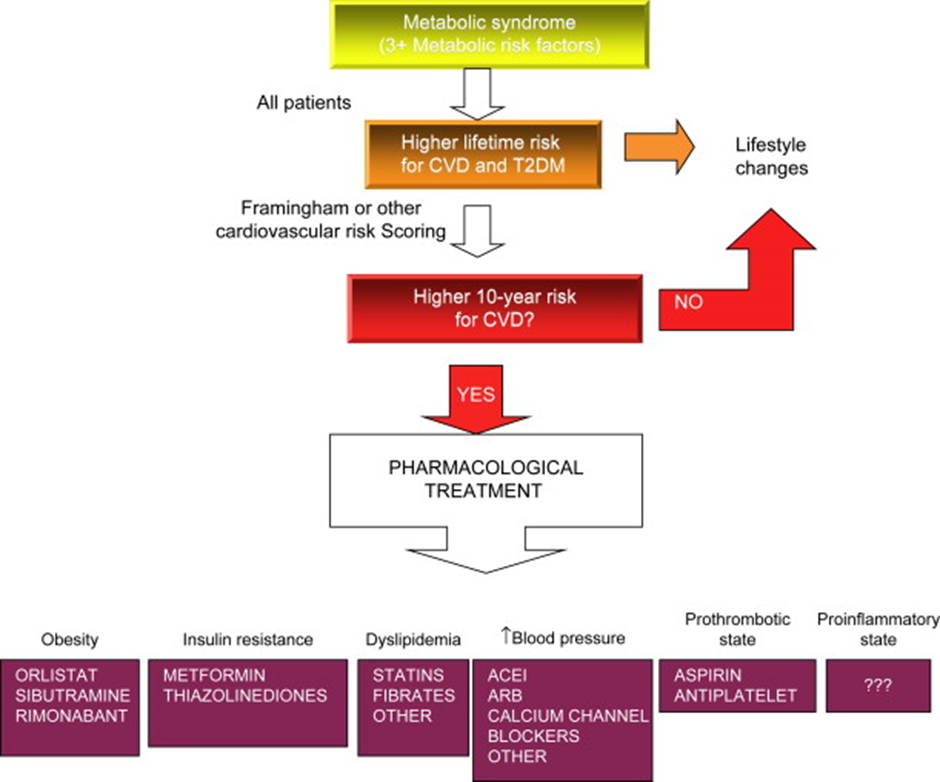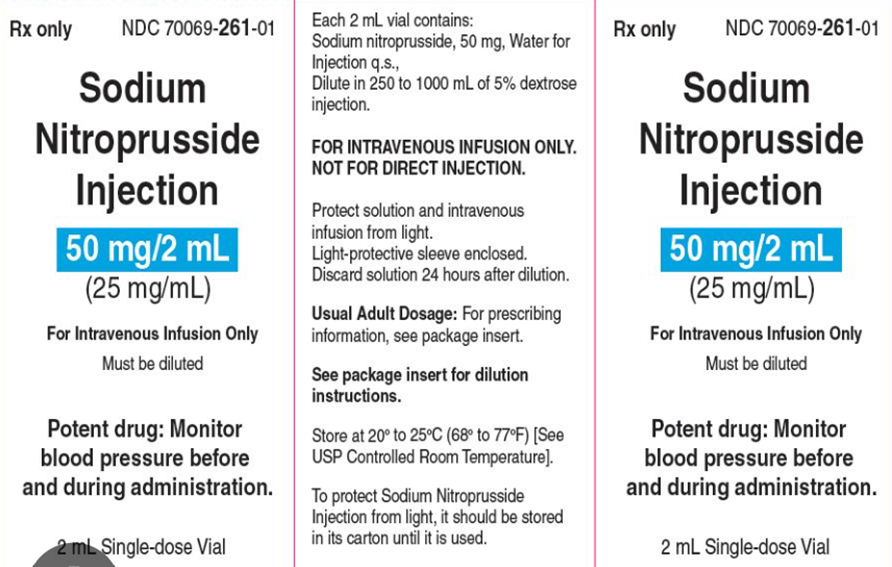A nurse in a provider's office is preparing to teach a middle adult client who has a new diagnosis of metabolic syndrome and an HbA1c of 6.5%. Which of the following medications should the nurse plan to teach the client about first?
Regular insulin
Exenatide
Insulin glargine
Metformin
The Correct Answer is D
Choice A Reason:
Regular insulin is incorrect. Regular insulin is a short-acting insulin used for managing diabetes, particularly for controlling blood sugar levels during meals. However, it's not typically the initial medication introduced in the management of metabolic syndrome with an HbA1c of 6.5%. Insulin therapy is generally considered when other medications or lifestyle changes aren't effective in controlling blood sugar levels.
Choice B Reason:
Exenatide is incorrect. Exenatide is a GLP-1 receptor agonist, used to manage type 2 diabetes. While it's effective in controlling blood sugar levels, it's often considered after initial treatments like metformin, especially in newly diagnosed cases or those with moderately elevated HbA1c levels.
Choice C Reason:
Insulin glargine is incorrect. Insulin glargine is a long-acting insulin used in diabetes management, providing a steady level of insulin throughout the day. Like regular insulin, insulin glargine is typically considered later in the treatment plan and is not usually the first medication introduced in cases of new metabolic syndrome diagnoses with moderately elevated HbA1c levels.
Choice D Reason:
Considering the client's new diagnosis and moderately elevated HbA1c level, educating about metformin aligns with the typical first-line approach in managing blood sugar levels and metabolic syndrome in this scenario.

Nursing Test Bank
Naxlex Comprehensive Predictor Exams
Related Questions
Correct Answer is A
Explanation
Choice A Reason:
Bone loss is correct. Prednisone, a corticosteroid, can lead to decreased bone density (osteoporosis) over extended periods of use, particularly in older adults. This adverse effect increases the risk of fractures and bone-related issues due to the drug's impact on bone health and calcium absorption.
Choice B Reason:
Liver toxicity is incorrect. While prednisone can affect liver function tests in some cases, it is less commonly associated with significant liver toxicity compared to other medications. However, liver function should be monitored during prolonged use.
Choice C Reason:
Hemolytic anemia is incorrect. Prednisone is not typically associated with causing hemolytic anemia as an adverse effect.
Choice D Reason:
Hypoglycemia is not a common adverse effect associated with prednisone use. In fact, prednisone can elevate blood sugar levels and may lead to hyperglycemia or exacerbate diabetes in susceptible individuals.

Correct Answer is A
Explanation
Choice A Reason:
Blood pressure is correct. Nitroprusside is a medication used to lower blood pressure in conditions such as hypertensive emergencies. It's titrated based on blood pressure readings, with the goal of achieving the desired target blood pressure range as directed by the healthcare provider. The nurse would monitor the client's blood pressure closely and adjust the infusion rate accordingly to achieve the prescribed blood pressure parameters.
Choice B Reason:
Stroke volume is incorrect. While stroke volume (the amount of blood ejected by the heart with each contraction) is important in assessing heart function, it's not directly used to titrate a nitroprusside infusion. Nitroprusside primarily acts as a vasodilator to reduce blood pressure, rather than affecting stroke volume.
Choice C Reason:
Cardiac output is incorrect. Cardiac output (the volume of blood pumped by the heart per minute) is also a crucial measure of heart function, but adjusting a nitroprusside infusion based on cardiac output is not a common practice. Nitroprusside's primary action is to dilate blood vessels, impacting blood pressure regulation more directly than cardiac output.
Choice D Reason:
Urine output is incorrect. While urine output is an important indicator of renal function and overall fluid balance, it is not typically used as the main parameter for titrating nitroprusside. Nitroprusside's primary effect is on vasodilation and blood pressure control rather than directly impacting urine output.

Whether you are a student looking to ace your exams or a practicing nurse seeking to enhance your expertise , our nursing education contents will empower you with the confidence and competence to make a difference in the lives of patients and become a respected leader in the healthcare field.
Visit Naxlex, invest in your future and unlock endless possibilities with our unparalleled nursing education contents today
Report Wrong Answer on the Current Question
Do you disagree with the answer? If yes, what is your expected answer? Explain.
Kindly be descriptive with the issue you are facing.
